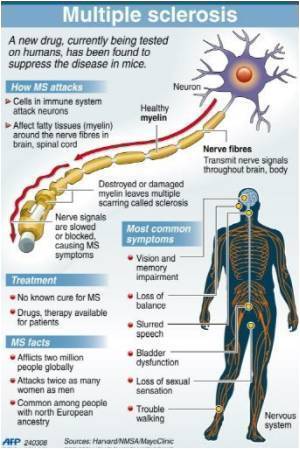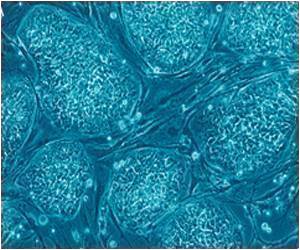
The results will be published online in the September 27 issue of Cell Reports.
ALS, or Lou Gehrig's disease, which has an adult onset, affects neurons that control voluntary muscles. As a result, muscles start to weaken, and patients eventually lose the ability to move their arms, legs and other parts of the body. In contrast, patients who have SMA tend to be infants and young children. Symptoms are similar to ALS, with lack of ability to control muscles being the major symptom. In both diseases, the most common cause of death is the loss of muscle function in the chest, resulting in respiratory failure.
Previous studies have shown that one of the causes of ALS is mutation of the FUS gene, and that a deficiency in the survival of motor neuron (SMN) protein causes SMA disease. The SMN protein is present in bodies in the nucleus known as Gemini of Coiled Bodies, or gems. Reed's lab connected the FUS protein to the SMN protein and the formation of gems in cellular nuclei.
"Nobody really knows what the function of gems are," said Reed. "The consensus so far is that they might be involved in biogenesis of crucial nuclear RNAs."
The researchers arrived at this pathway by studying human fibroblasts, cells that form the basis of connective tissue. "Unlike other studies of ALS and SMA, in which post-mortem tissue is normally used, we used fibroblasts from patients. These cells are easily accessible because they can be obtained from patients' skin and may provide a better idea of what happens in the human body," said Reed.
Advertisement
This feature of ALS fibroblasts led the team to connect the disease with SMA. Previous studies had shown that when cells were deficient in SMN protein, fibroblasts also lacked gems in the nuclei. The loss of gems as a final result in both the SMA and ALS pathways led Reed and her team to believe that they might, in fact, be part of one larger pathway.
Advertisement
Reed is hopeful that even if the loss of gems is a marker, it could be used as a diagnostic tool to determine if someone who is presenting symptoms has ALS. "We will need to find out if the loss of gems is applicable to all cases of ALS or if it is specific to ALS patients with mutations in the FUS gene," added Reed.
Either way, Reed describes these finds as killing two birds with one stone. "This common pathway may mean common treatment and resources."
Source-Eurekalert









